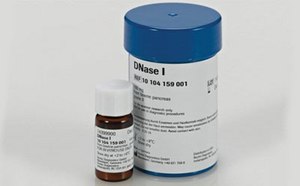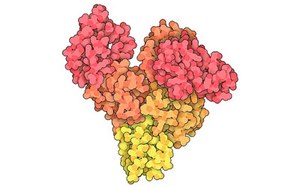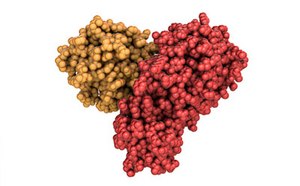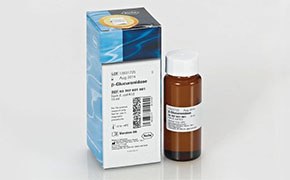Proteins & Enzymes
Committed to developing and providing breakthrough problem-solving reagents and solutions, explore our comprehensive offering of enzymes, protein reagents, and protein kits. In addition to highly characterized enzyme tools for protein research, we an extensive portfolio of non-enzymatic proteins for cell biology, protein stabilization, cell culture supplementation and adhesion.
Need help finding a protein or enzyme?
Use our protein & enzyme explorer to find the right reagent for your research.
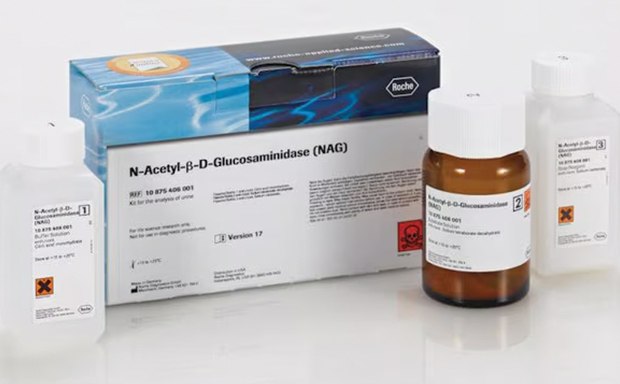
Glycosidases
Glycosidases and glycobiology reagents, kits, and resources to support your glycoprotein analysis, preparation, modification, glycomics and glycobiology workflow needs.
Coenzymes
Our portfolio of high-quality coenzymes reliably facilitate the function of enzymes and catalyze reactions for your research applications.
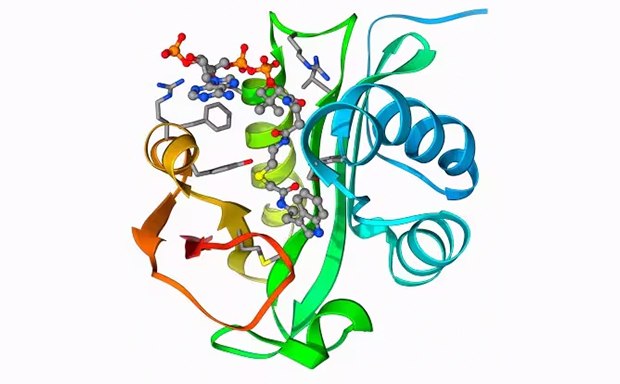
Explore More Categories
Nucleases, including high-purity DNase, RNase, and phosphodiesterase enzymes to support your nucleic acid digestion application needs.
Albumin is used in vitro to bind, sequester and stabilize a range of important small molecules and proteins. We provide bovine and human serum albumins and transport protein reagents for diverse applications, including cell culture, protein quantitation, and antibody-related studies.
Protease reagents and resources for endo- and exopeptidase cleavage application needs and resources for your protein cleavage workflow.
Tissue dissociation and cell detachment resources, protocols, and a comprehensive offering of reliable and extensively characterized enzymes including, trypsin, collagenase, papain, nucleases (DNase and RNase), hyaluronidase, elastase, and protease XIV.
Substrates and enzymes are crucial in life science research, both as tools and targets in detection systems. Discover enzyme-based protein detection systems for ELISA, immunohistochemistry, western blotting, and many more with our diverse portfolio of detection substrates and enzymes.
Drug analysis enzymes, including β-Glucuronidase (beta-Glucuronidase) and sulfatase for drug metabolism and drug screening studies
Products
To continue reading please sign in or create an account.
Don't Have An Account?